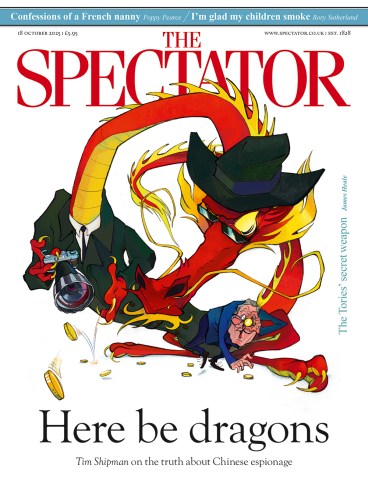
Thirty years have passed since the 1995 world championship match at the World Trade Center in which Garry Kasparov defeated his challenger Viswanathan Anand 10.5-7.5. Anand went on to become the undisputed world champion in 2007, and defeated Kramnik, Topalov and Gelfand in match play, before losing the title to Carlsen in 2013. ‘Clutch Chess: The Legends’ this month was a nostalgic showcase for these two greats, who played an exhibition match at the St Louis Chess Club. The format was a dozen rapid and blitz games of Chess960, where the pieces are shuffled on the back rank before the game begins.
Many considered Anand to be the clear favourite. Now 55, he has described himself as semi-retired, playing little but often enough to remain in the world’s top 20 – a remarkable achievement given that most of his competitors are two or three decades younger. Kasparov, seven years his elder, is much less ‘match-fit’, since he retired definitively in 2005, and has only played occasional exhibition matches since then.
Kasparov gained a modest lead on the first day, but Anand’s biggest setback came in the first game of the second day. In the diagram below, Anand held a clear advantage with his strongly placed knight in the centre. Black has more than one promising move, of which 32…Qf7-c7, to attack h2 and prepare Qc7-f4+ was strongest.
Garry Kasparov-Viswanathan Anand
Clutch Chess: The Legends, St Louis, 2025
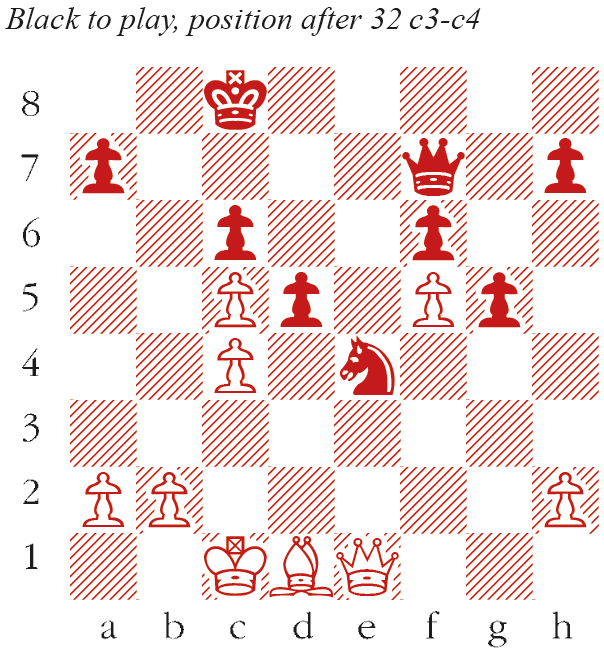
Instead, with more than a minute on the clock, Anand sank into thought and failed to make any move before his time ran out. Evidently, that gift boosted Kasparov’s confidence, and on the third and final day he wrapped up match victory in good style with the game below. After the match, Kasparov cheerfully noted that luck was on his side, and he seemed to intuit that Anand was not at his best: ‘His score against me historically is bad, and I think it’s somehow probably the ghosts of the past visited him during the games.’
Garry Kasparov-Viswanathan Anand
Clutch Chess: The Legends, St Louis, 2025
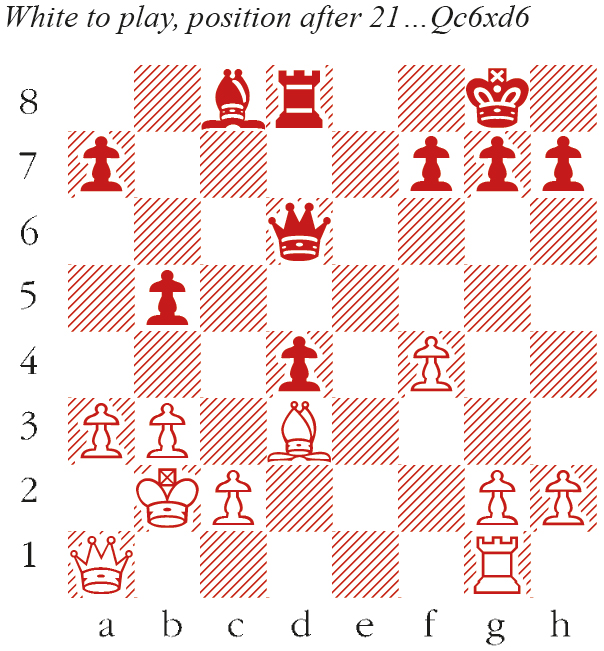
22 Qe1! Activating the queen is a higher priority than defending the f4-pawn. Qxf4 23 Qe7 Qd6 24 Qxa7 Bd7 25 Re1 g6 26 g3 Kg7 27 Re4 Bc6 28 Re7 Rd7 Expelling the rook with 28…Bd7! was more tenacious. 29 Rxd7 Bxd7 30 Qb7 Bc6 31 Qb6 Qd5 32 b4 h5 33 Qc5! Qd7 33…Qxc5 34 bxc5 followed by Kb2-b3-b4 and Bd3xb5 wins comfortably. 34 h4 f6 35 a4! The future passed b-pawn proves unstoppable. bxa4 36 Ka3 f5 37 b5 Be4 38 b6 Bc6 39 Qe5+ Kh7 Black might prefer 39…Kf7 hoping that the king might deal with the passed pawn after a queen trade, but 40 Bc4+ Kf8 41 Qf6+ mops up a lot of pawns. 40 Qc7 Black resigns
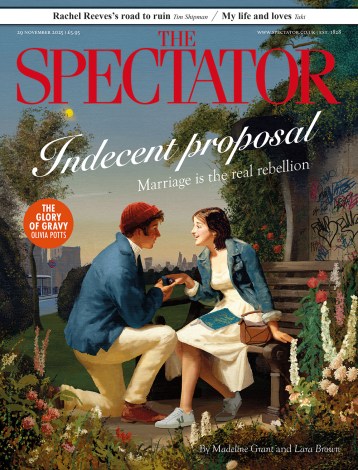
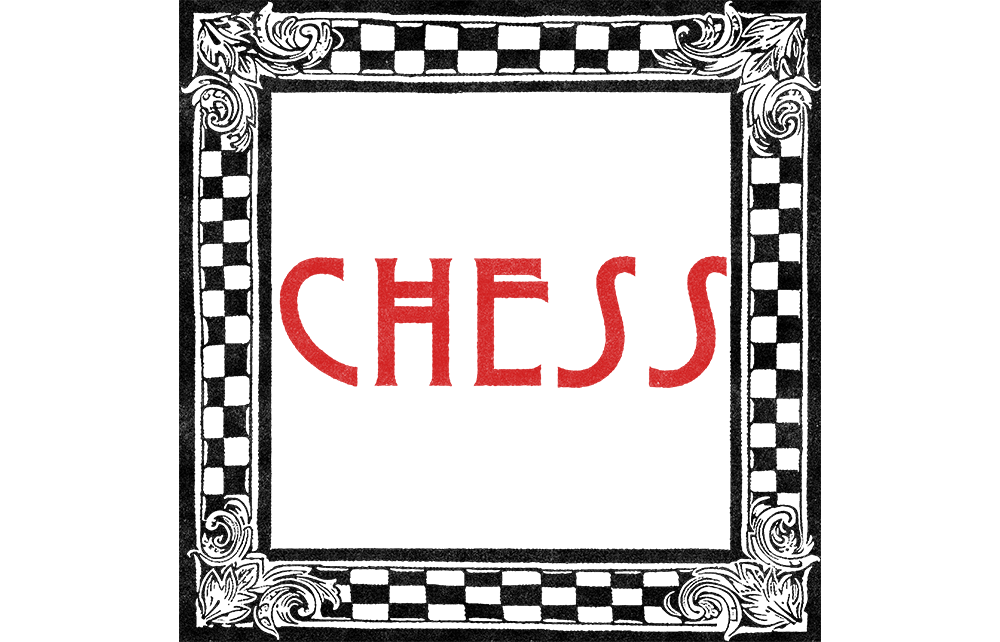




Comments